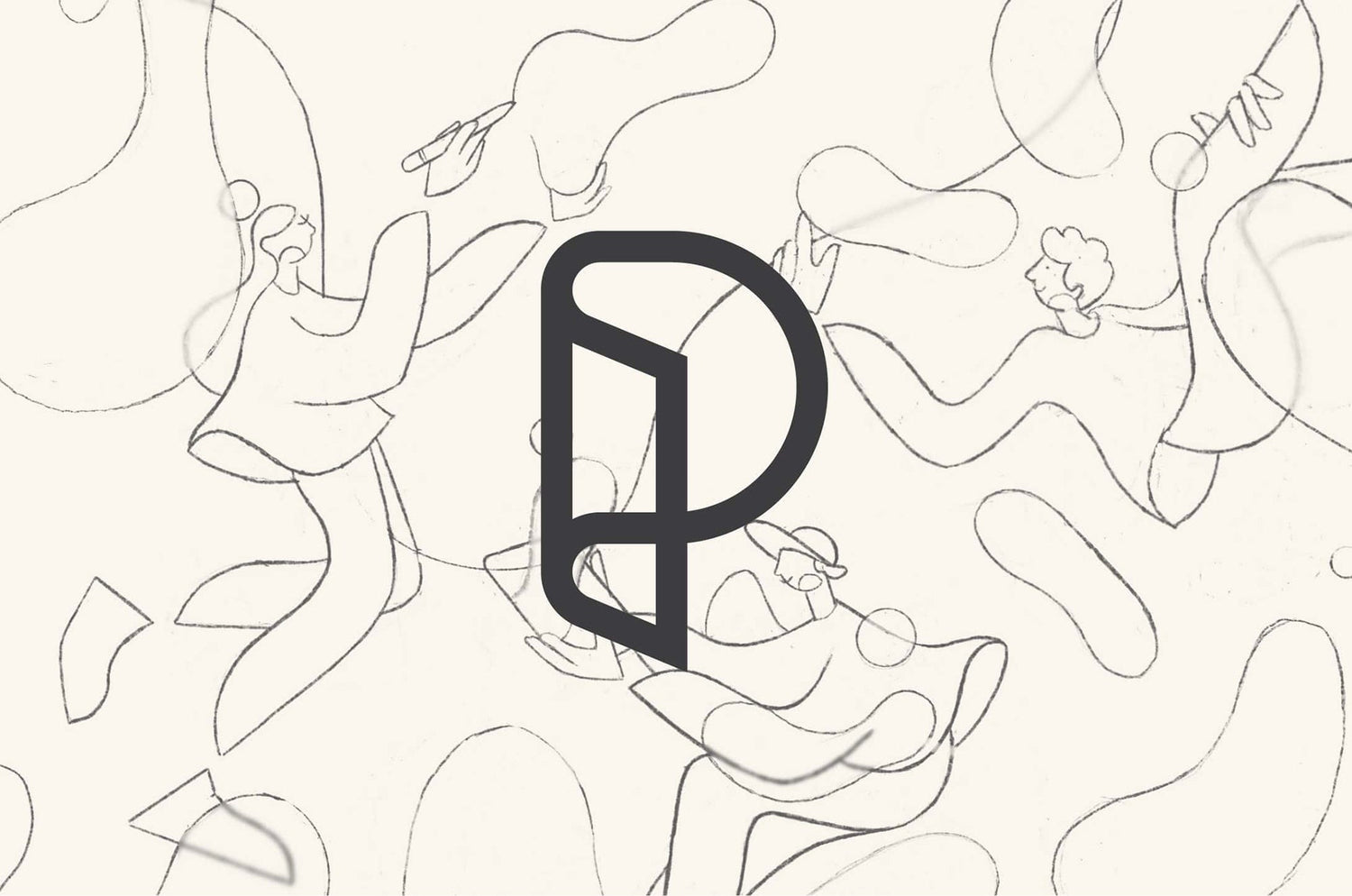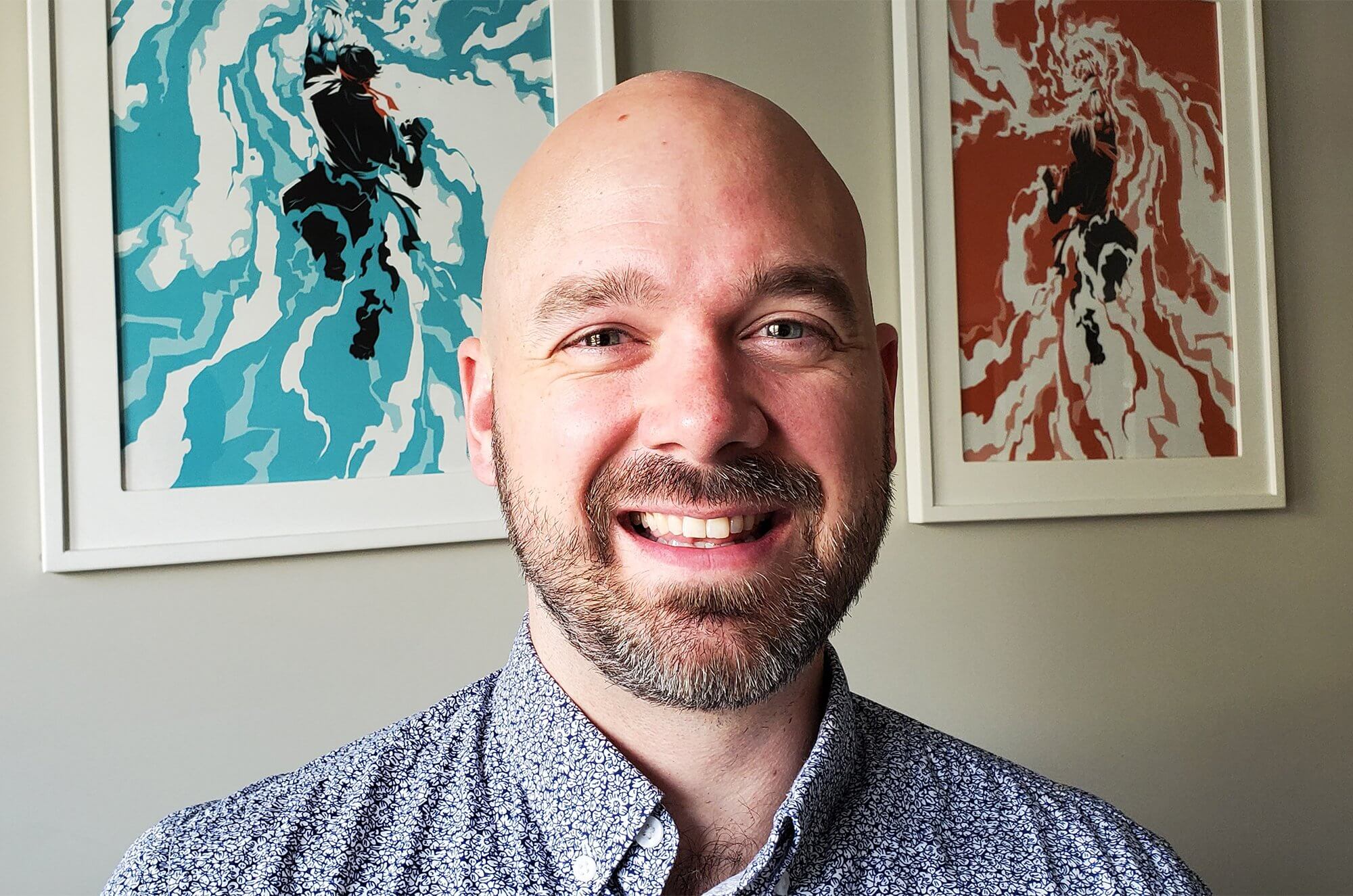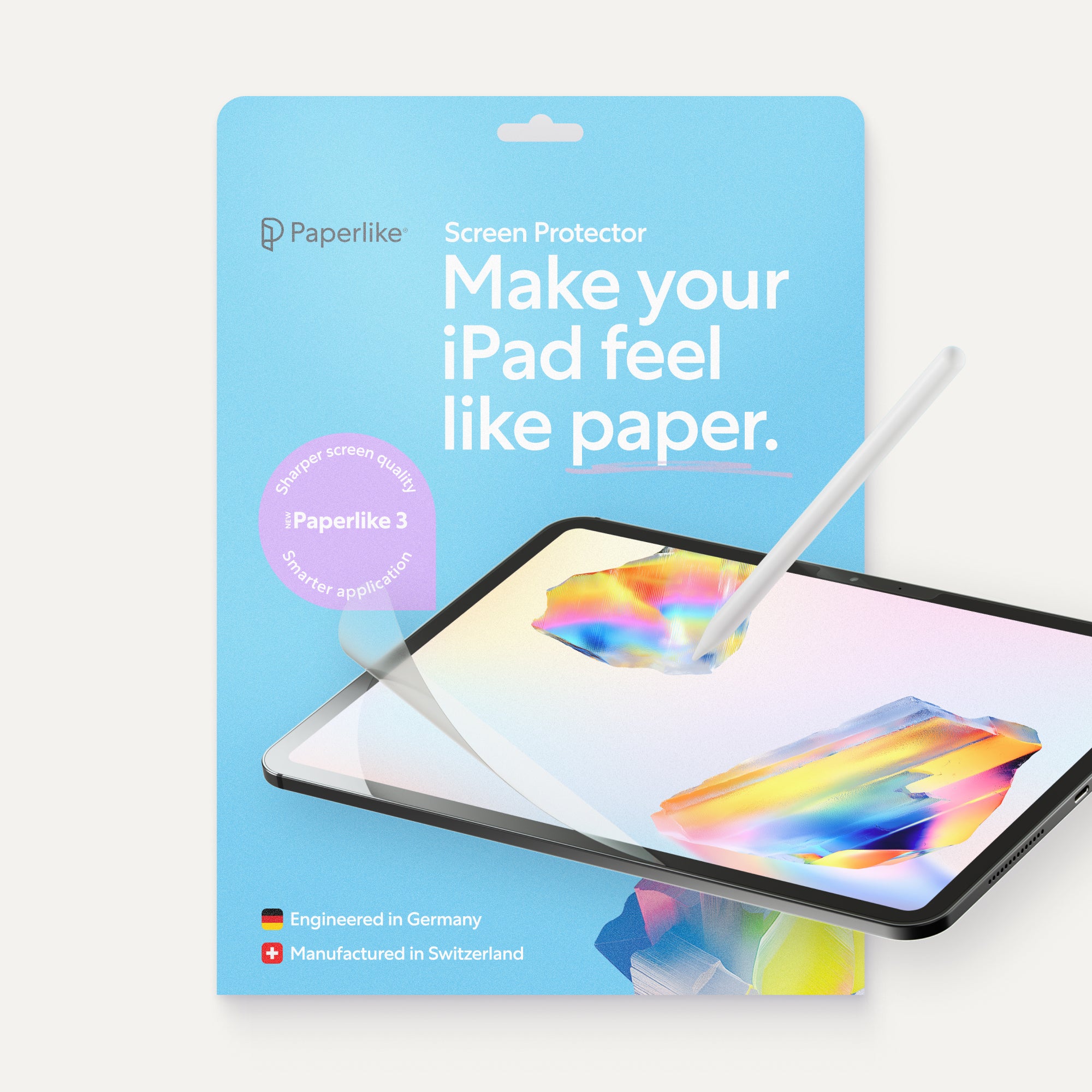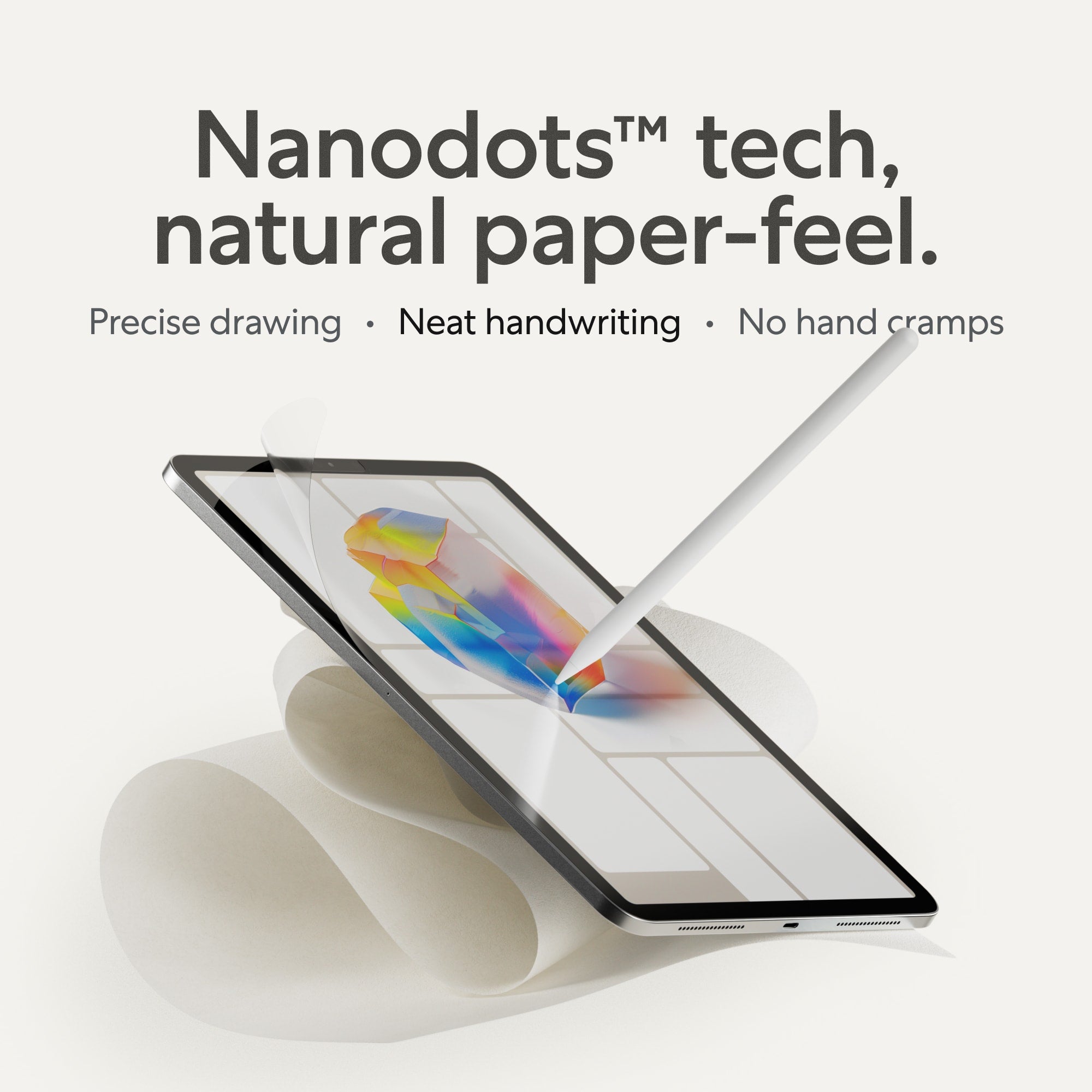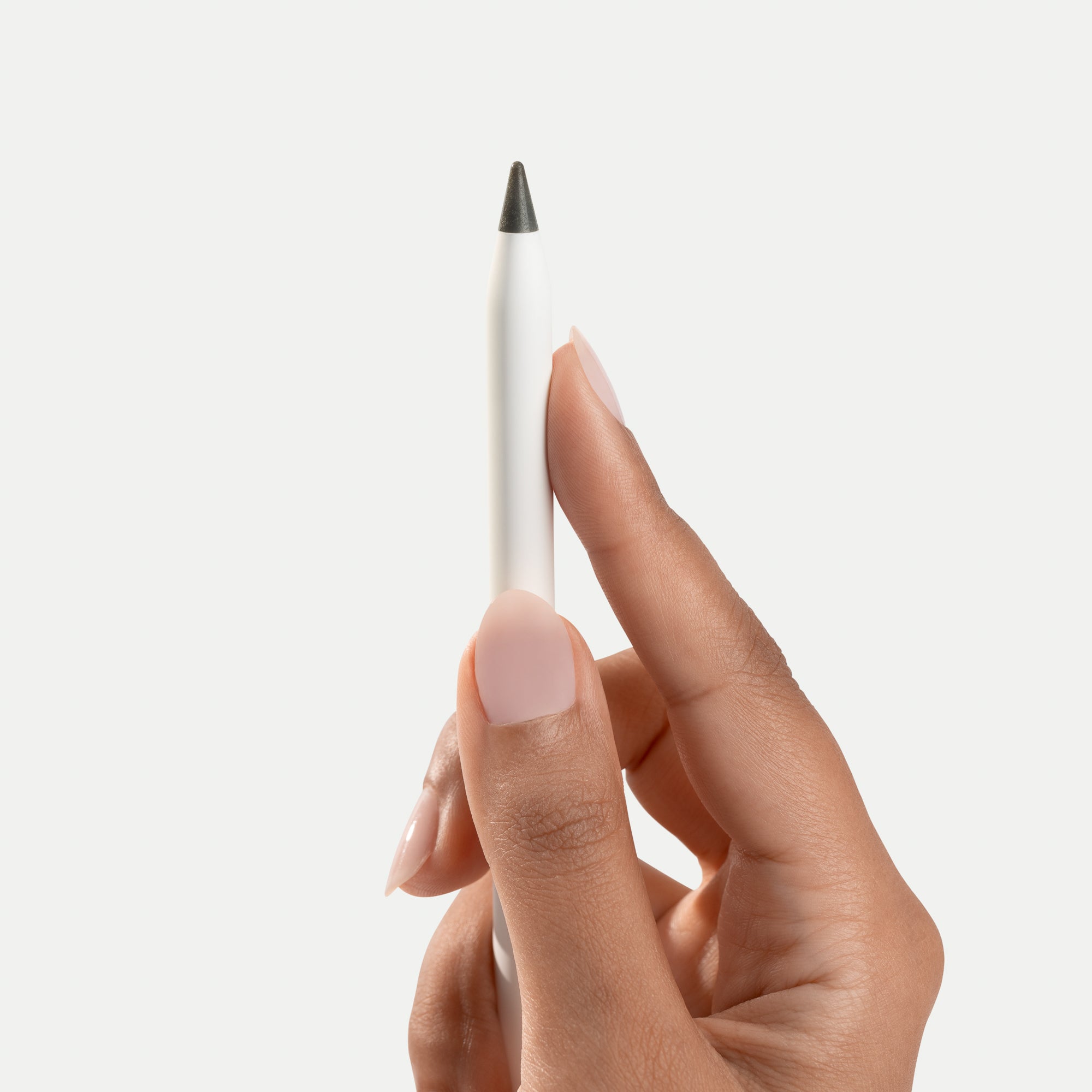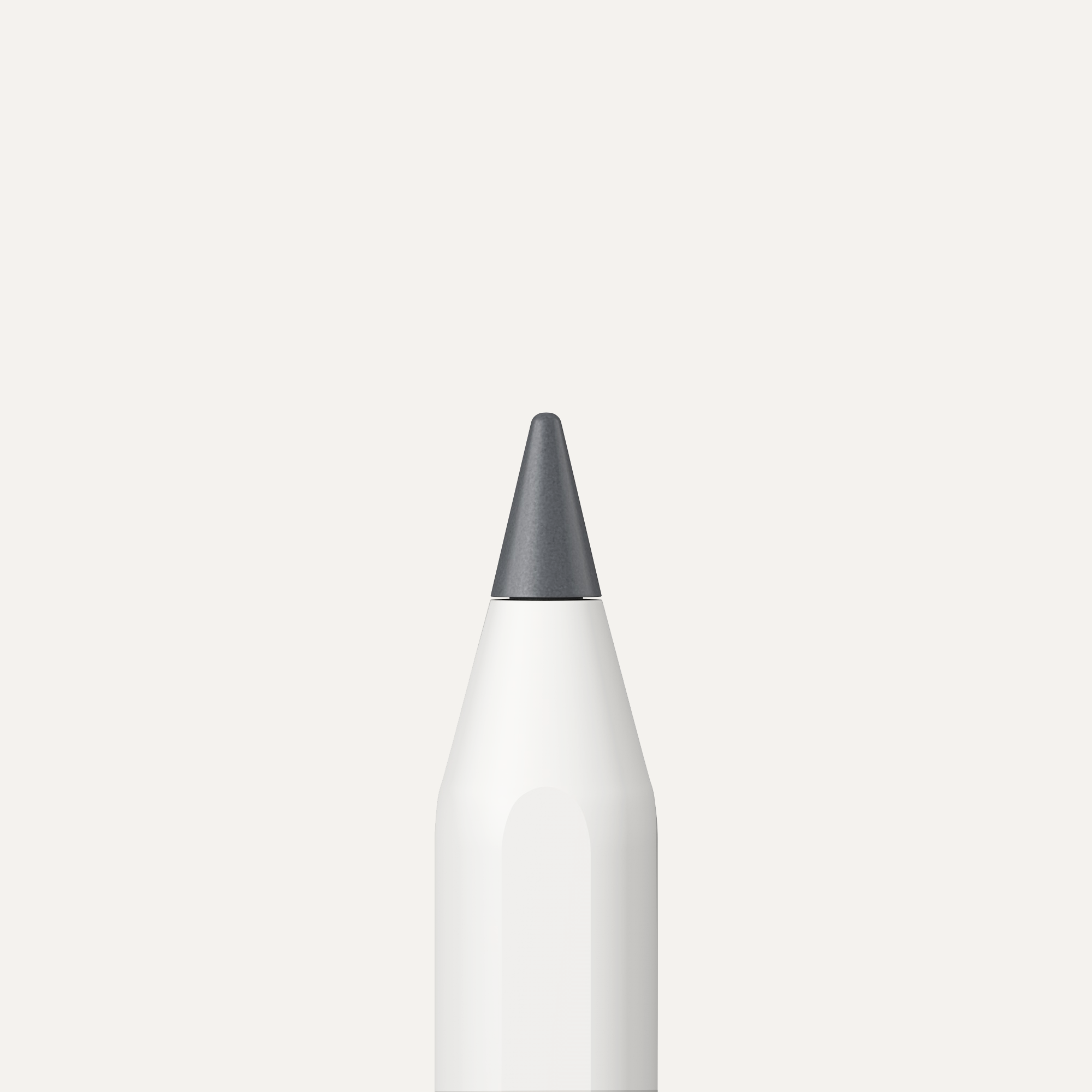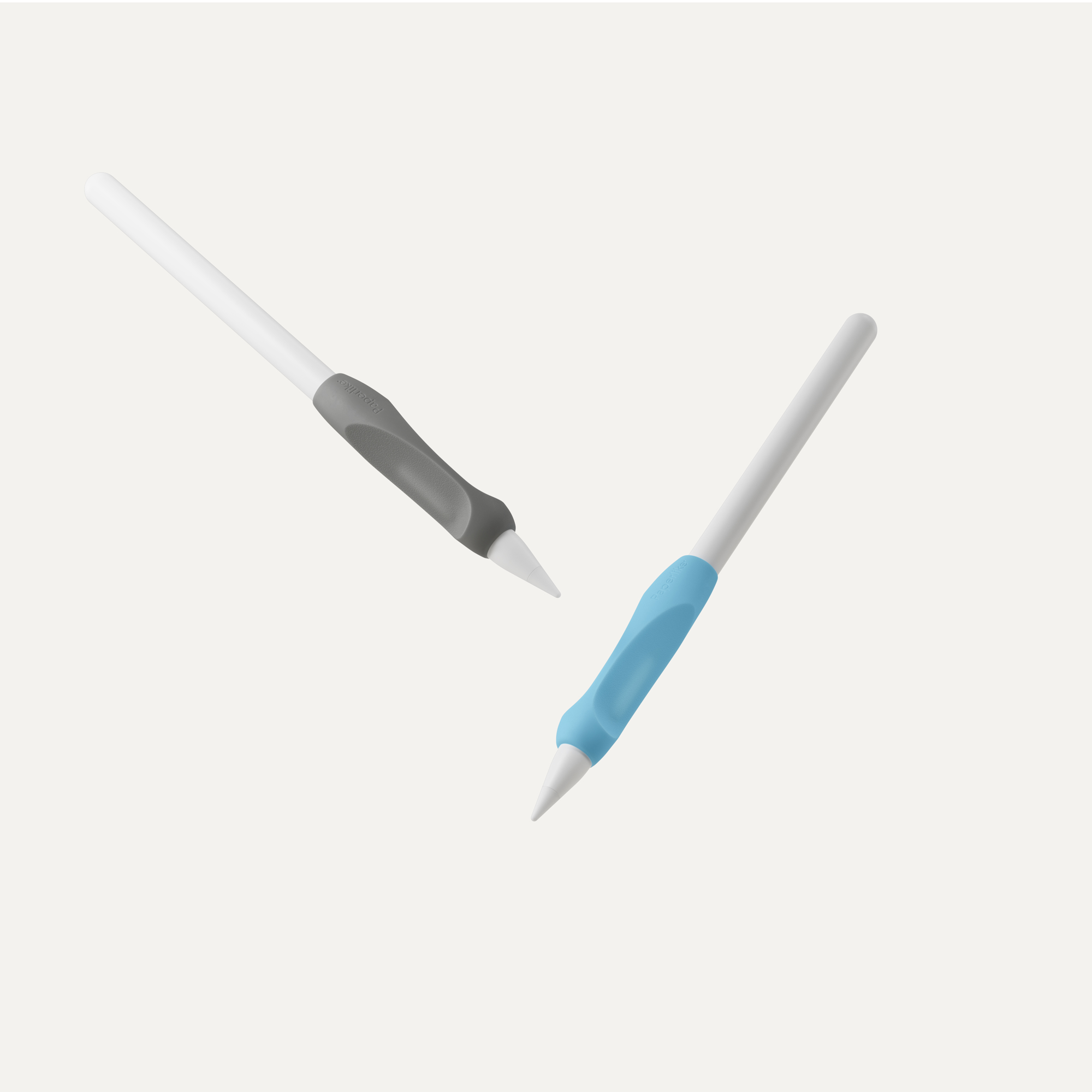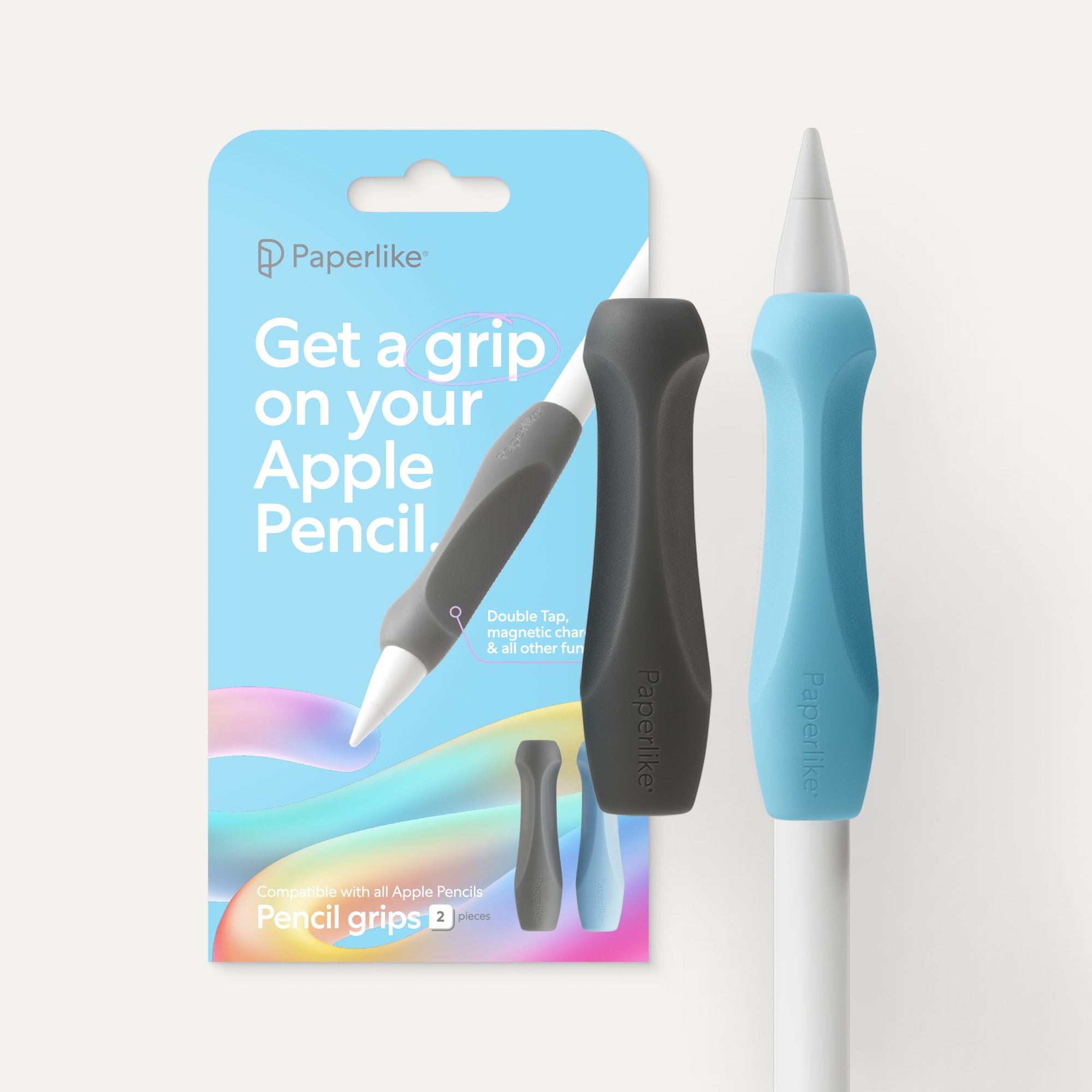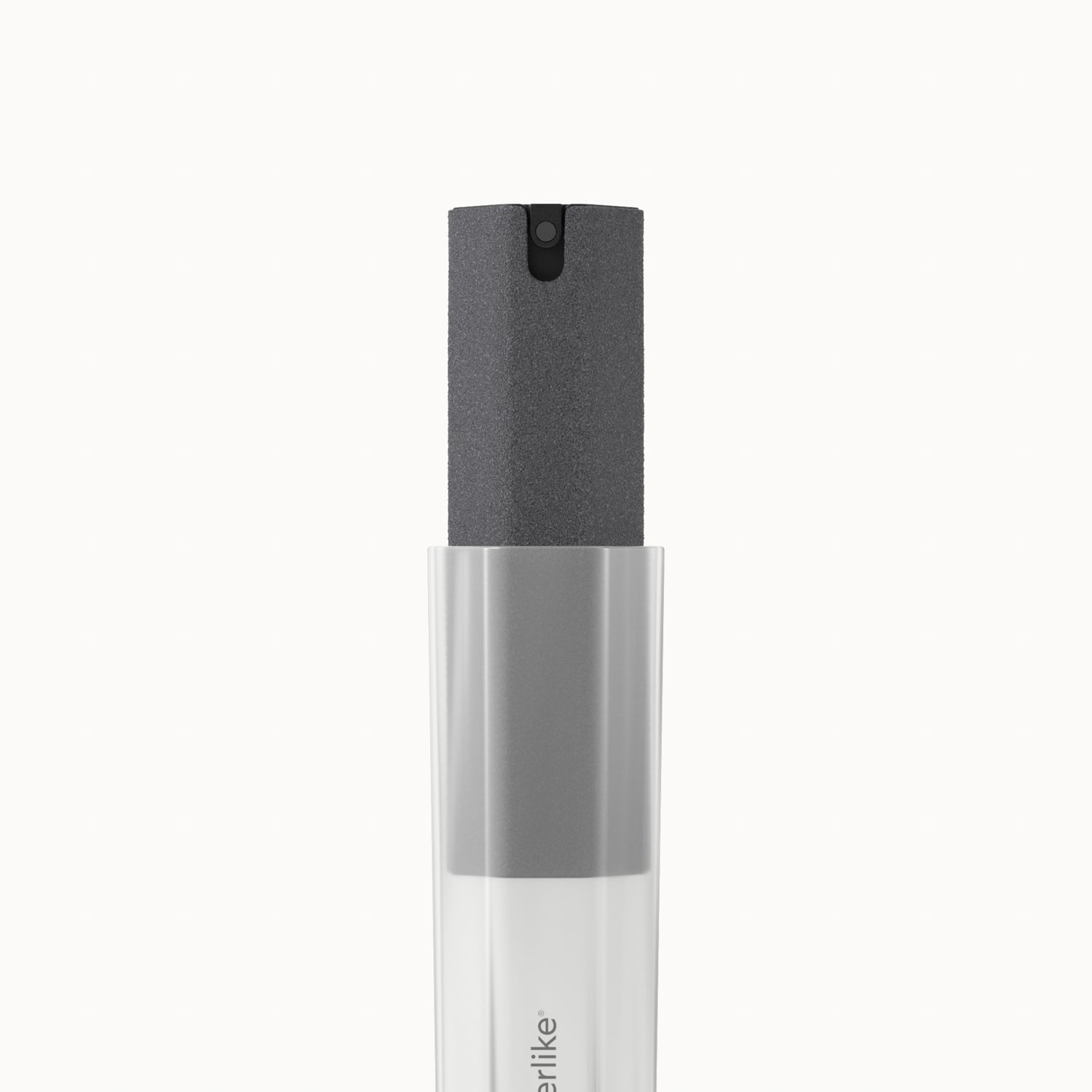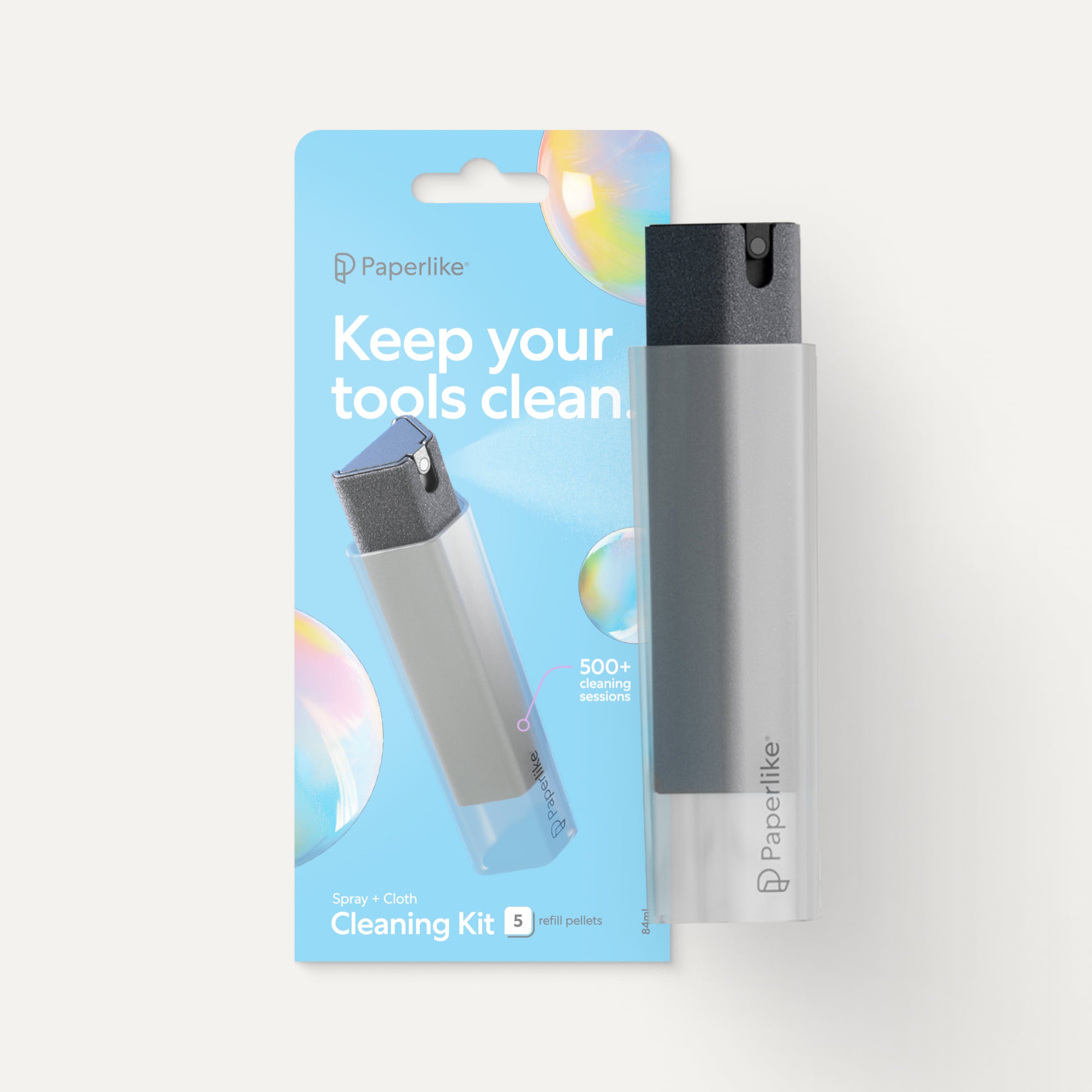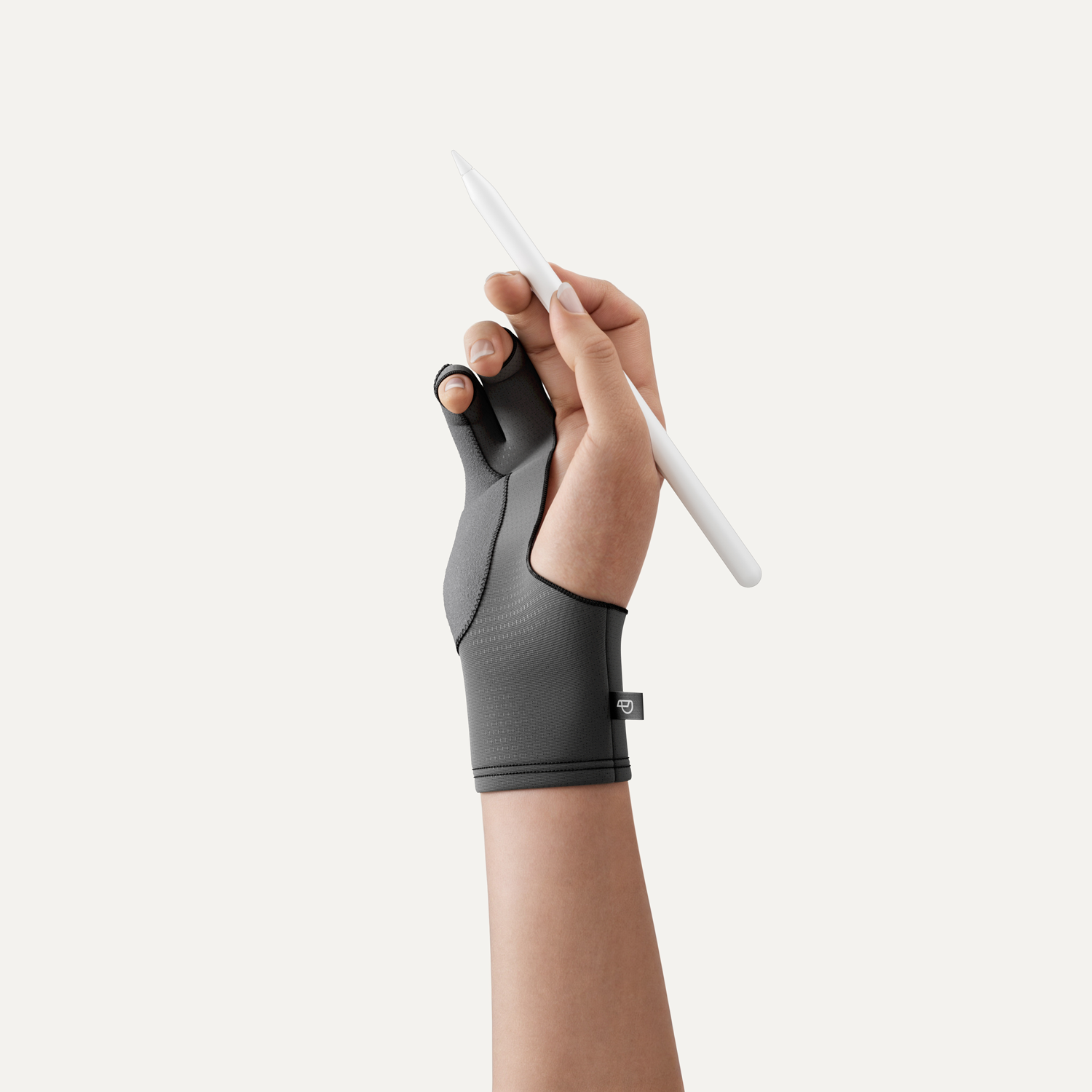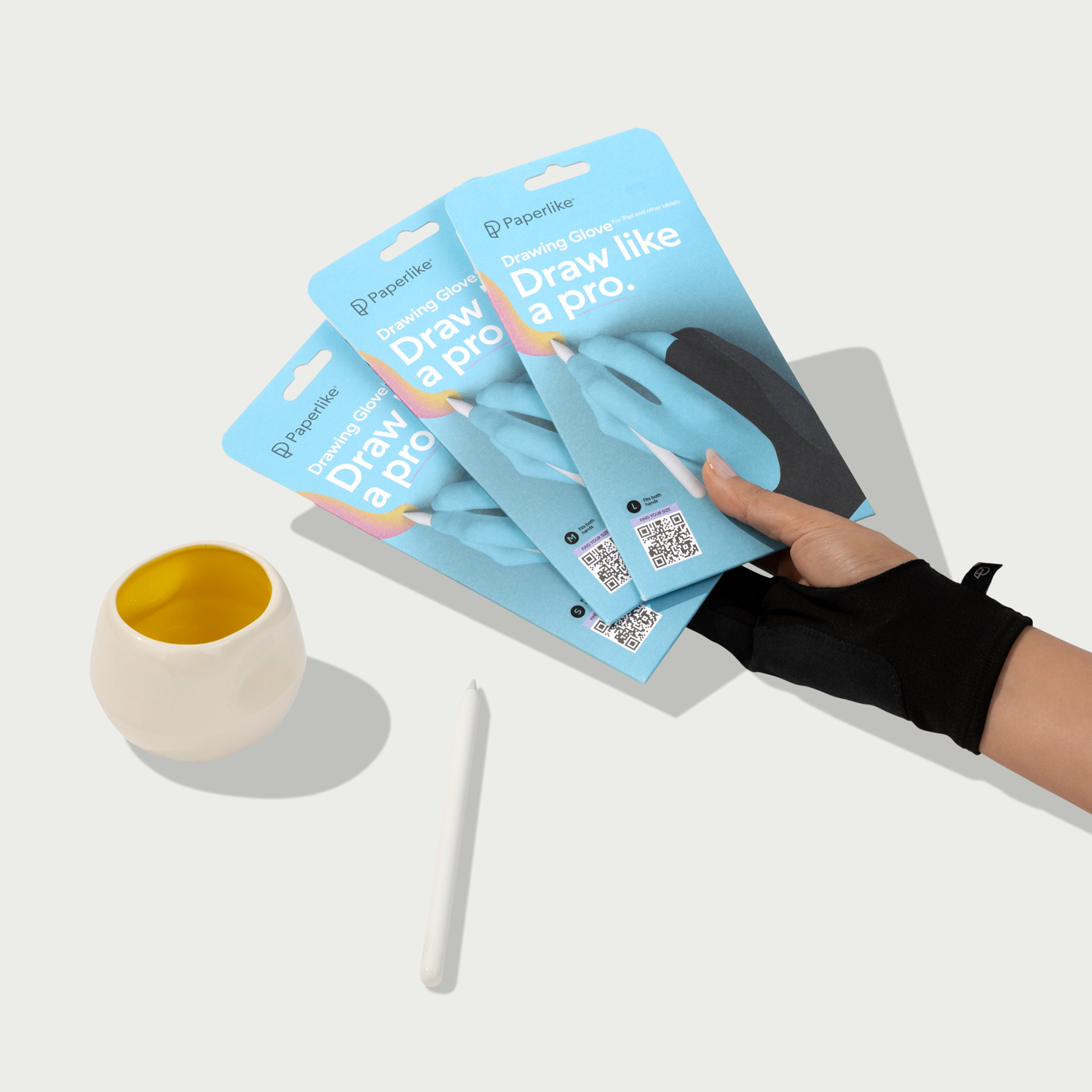Near the end of 2019, the Paperlike brand identity went through a massive transformation. Our aim was to further convey the core tenets that make Paperlike, as a company, tick. Those tenets include transparency, simplicity, originality, and an acute sense of humanness.
Of course, a brand identity refresh like this is no easy task. It requires a deep knowledge of what makes great brands recognizable and relatable. To better understand the work that went into the new Paperlike brand identity, as well as to learn about the art of branding in general, I spoke with Daniel Flösser, the lead designer behind Paperlike’s rebranding project.

Assembling the team
“I’ve been working in branding and graphic design for the last 13 years,” Daniel told me. “I’m rooted in the Scandinavian design traditions. But I also lived for four years in London, so I work with an international outlook, including the collaborators that I have. What I usually do is set the team for each project and then I guide the team.”
Daniel’s approach to team building is somewhat unique because most of his projects are one-offs. That means he doesn’t have an ongoing team to rely on. He must recruit with each new project. However, he also isn’t willing to sacrifice quality.

“I always follow along in terms of the creative industry and who's doing what,” Daniel said. “I’m making wishlists of people that I'd like to work with. And the same thing applies here for the illustrator for the Paperlike project. For example, I saw some brilliant work that she had done on another project, so I've had a bookmark on her for a couple of months, just waiting for the right opportunity to work with her. And this was a perfect fit. So that's very much how I find collaborators. Sometimes it takes a year and sometimes it takes a month before the right opportunity arises to work with people.”
Daniel’s desire to work with the best people means that he isn’t bound by location when it comes to working with the right individuals. He can’t be. He aims to assemble the best combination of collaborators, no matter where they live, to get the job done. And when Jan Sapper, Paperlike’s founder, approached Daniel about the project, Daniel was more than excited to build a team to refresh the Paperlike brand identity and website.

“We've got an illustrator who is a Ukrainian but based in Hungary,” Daniel told me. “We've got a digital designer also based in Denmark. We've got a 3D visualizer who is working on it as well. And we've got a developer who's based in London. So it's a put-together team for the project, sort of like the Hollywood model, where you create a team for each project and then you're disbanded afterward.”
The process
Once the team is formed, Daniel’s process begins with an exploratory phase. The aim during this time is to learn what the brand stands for and begin to concept out how the brand will translate into a visual identity.

“We set a very simple brief for the Paperlike project,” Daniel told me. “We started working with some keywords that we wanted the brand to communicate. Things like transparency for example, because it both points to honesty, but also because the core product is transparent. Another keyword was simplicity. The product is beautifully simple and the visual presence should really follow that. It should be human because that helps position it against the faceless competitors. We also said it should be by doers, for doers. Jan, Paperlike’s founder, is definitely a doer. And the doer term incorporates both the creatives who are a big audience for Paperlike, but also the more productivity-focused people. And then the final one is that Paperlike is the original. It's the quality benchmark in this category. So those were the words that I tried to work from.”
From there, Daniel maintains a very open and iterative workflow, using modern online collaborative tools like Dropbox Paper and Slack to keep his clients and team up to speed. It’s clear that having a process and good organization is very important to him. However, what’s also apparent is the critical need for flexibility and feedback gathering.

“We worked in quite an iterative way,” Daniel said. “We had a brief from the beginning. We knew a few things we wanted to change, what we wanted to keep, and also where we would be going in the next couple of months, and in a year or two. We wanted a system that could evolve. Then we worked with the mockup tool Marvel, using it to quickly get a sense of what our design ideas would feel like in the browser, on your phone or on a tablet. We evolved from the early ideas by adding more to the concept, refining the designs and integrating all of the different elements. Not just the visual identity but also things like the illustration style and 3D visualizations.”
The true power of branding
Daniel says that people often confuse the concept of a brand with what he refers to as a visual identity. Many organizations get caught up in the aesthetic aspect of their organization’s website and logo design. But that’s not what branding really is. To Daniel, it’s something far more important.

“I think brand is what people say about you when you leave the room,” Daniel told me. “It's the true idea of who you are. And I think there's some confusion in the use of the word where people say they’ve built a brand. Well, you build a visual identity, but the brand is something that's built by the people running the business year after year. So what we do is help people build a visual identity, and the visual identity helps build the brand by creating a visual promise of what customers can expect from the company. But then the company has to fulfill the promise. And if we over-promise with the visual identity but they under-deliver in how the business is actually run, then it's just a faster way towards a crash-and-burn. And so you have to be able to deliver on the promise that you're making with your visual identity. That's the important part of branding.”
Branding and content marketing
While Daniel is a branding expert, he’s also spent a lot of time working in content marketing. I wanted to know how he felt about the interaction between brand and content. In short, Daniel says it’s all about quality.

“I've worked a lot with content marketing through the years,” Daniel said. “I had an agency for four years where we did a lot of content production and we had retainer agreements with all kinds of huge corporations, including eBay. We were producing everything from magazines to films and photoshoots. I think what's essential is that a lot of businesses under-estimate the quality that you have to create for content to be relevant enough. There's so much great content out there, which is free, and you have to be able to deliver at a similarly high level for it to be good enough to get attention. Otherwise, it just becomes noise and it becomes a distraction for your business as well. So I think that's something really important to keep in mind. But if you can create content that has a high enough quality, then it can be a super relevant way to build a dialogue with your customers.”
Daniel is an example to follow for any creative career seeker. His dedication to the craft and passion for his clients’ projects is something that’s hard to come by in an era where everybody considers themselves a marketing or branding expert. You can find out more about his work at danielflosser.com. Thanks to Daniel for taking the time to speak. We look forward to working with him for a long time.
---
Daniel's team won two Creative Circle Awards for the Paperlike redesign, one bronze award for the corporate identity design category, and one silver award in the logo category.
Creative Circle is the biggest and most prestigious creative award in the Nordic region. They’ve existed since 1992, and their purpose is to raise creative standards in advertising, design, digital and direct by rewarding and documenting outstanding work as well as educating and inspiring.


